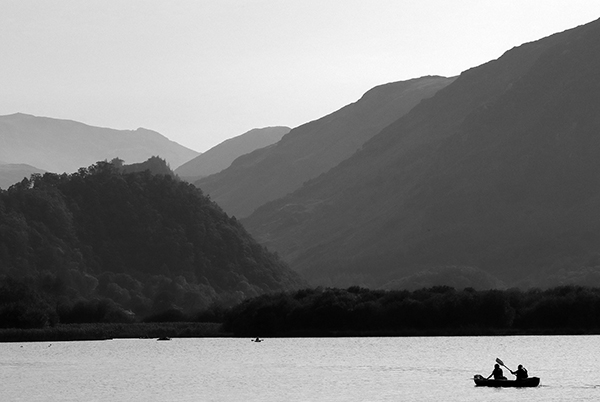GREAT BRITAIN, EUROPE
Lake District
The Lake District National Park is located in the County of Cumbria, in the North West of England. Established as a National Park in 1951, it is England’s largest National Park, covering an area of 2.292 km². There are more than 80 lakes, tarns and reservoirs in the Lake District National Park, but there is only one official lake: Bassenthwaite Lake. All the others are "meres" or "waters". With its maximum depth of 74 m, Wastwater is the deepest lake. Windermere, with a surface of 14,8 km², is the largest natural lake in England. Together the 14 main lakes cover an area of 56,69 km².
What makes it special
Lake District was the very first national park in the United Kingdom. It’s also one of the wettest regions in Europe: with 3.500 mm annual precipitation, which is rather like the tropics than western Europe.
Protection status
· Ramsar Site 536, Wetland of International Importance
· UNESCO World Heritage Site
· National Park
· National Nature Reserve
· Site of Special Scientific Interest (SSSI)
· Environmentally Sensitive Area
· Protected Landscape (IUCN Category V)

Biodiversity
The Lake District in England boasts 155 recorded bird species, including migratory ones. With 1.373 plant species, including those on the IUCN red list like Mudwort and Slender Naiad, the area emphasizes biodiversity conservation. Notably, three rare fish species, Vendace, Schelly, and Arctic Charr, inhabit the lakes. Additionally, the Lake District is a crucial habitat for the endangered Eurasian Red Squirrel.

Threats
The National Park is extremely accessible. Many habitats and species remain threatened by the pressure for development and the sheer number of residents and visitors, approx. 16 million visitors a year taking more than 26 million visits. Other problems are intensive farming, aqua culture and non-native plants.
The broads form also part of the UK and Ireland Lakes Network: www.ukandirelandlakes.org

